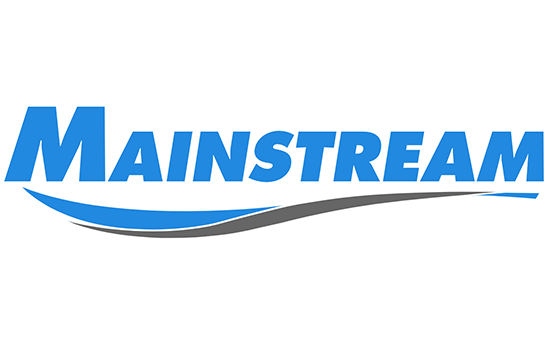At Mainstream, we are proud to offer our clients a variety of efficient, next-generation integrated motor-drive and synchronous reluctance permanent magnet EC fan systems. Browse our motor types below.
AC Induction Motors

What are they?
The motor type most commonly used in HVAC applications. Torque is created by an electric current being induced through the rotor.
Efficiency
- IE3
Benefits
- Proven technology – Technology all owners and technicians are familiar with
- Great availability – Often stock
- Serviceability – Components of the fan, such as a motor or drive can be replaced
Limitations
- Efficiency – Moderate efficiency, and reduced efficiency at part load
- Size & weight – Lower power density means motors are larger and heavier than other options
EC Motors
What are they?
EC motors are typically brushless DC (BLDC) motors with an external rotor design, and the electronics onboard for internal control.
Efficiency
- IE4-IE5
Benefits
- Highly efficient – Minimum IE4, or Super Premium Efficiency
- Size, length – Short length, great for tight spaces or short fan sections
- No VFD required – Fans can be controlled simply with a control signal
Limitations
- Availability – Lead times currently range from 1 -3 years
- High Static – Max of around 11″ TSP
- Bearing Life – External rotor design reduces bearing life
- Replaceability – Individual components cannot be replaced
PMEC Motors
What are they?
PMEC motors combine permanent magnet and synchronous reluctance technology for extremely efficient operation
Efficiency
- IE5+
Benefits
- Unmatched efficiency – IE5, or Ultra Premium Efficiency
- Competitive availability – Made in America, no rare earths required
- Outstanding power density – reduced size and weight vs. induction motors
- Internal shaft design – Much better bearing life expectancy than ECMs
- VFD not integrated into the motor – Individual components can be replaced; whole fan doesn’t need to be discarded
Limitations
- Not as compact as conventional EC motors
Exploring HVAC Fan Technologies
As technology evolves, so do fan technologies.
First, AC induction motors dominated the air moving industry. Then, scientific breakthroughs led to technologies such as VFD controllers and EC motors. Next, engineers improved VFD technology for greater efficiency, drastically improving EC motor reliability.
So, where are we now?
There is a new technology that has come to the air moving industry: Permanent Magnet EC motor-powered (PMEC) fans.
Permanent Magnet EC (PMEC) motors can achieve IE5+ level of efficiency. This is because of ferrite-assisted synchronous reluctance and permanent magnet technologies.
What’s the result? Highly cost-effective, reliable, and energy-efficient fan motors.
You may be thinking, “What’s the catch?”
Honestly, there is no catch, but still, nothing can be had for nothing. When engineering a product, you can have it be light, strong, and inexpensive, but only two at a time.
In essence, there is always a trade-off.
How does this apply to Permanent Magnet EC fans?
We’ve already established that PMEC fans are:
- Equally or more energy-efficient than conventional EC fans
- Equally as reliable as EC fans
- Less costly
- And (most importantly) readily available
Unlike EC motors, PMEC motors don’t contain rare earth materials. You won’t be competing for scarce resources with unpredictable supply lines.
We must warn you, PMEC fans are not perfect. Their motors are bigger and heavier than the pancake-style EC motors produced by manufacturers like Ziehl Abegg and EBM.
Similar to VFD-controlled AC induction motors, PMEC motor fans have remote control/drives. This decoupling of the control circuitry and the motor eliminates the main drawback of traditional EC motor fans, which need to be completely replaced upon failure of any component.






